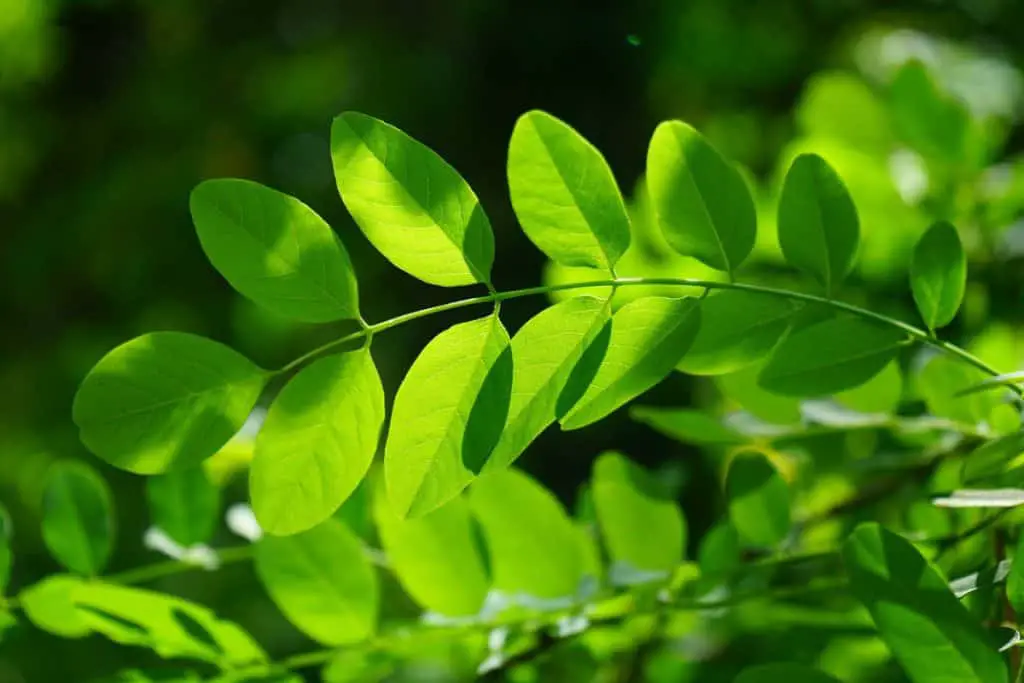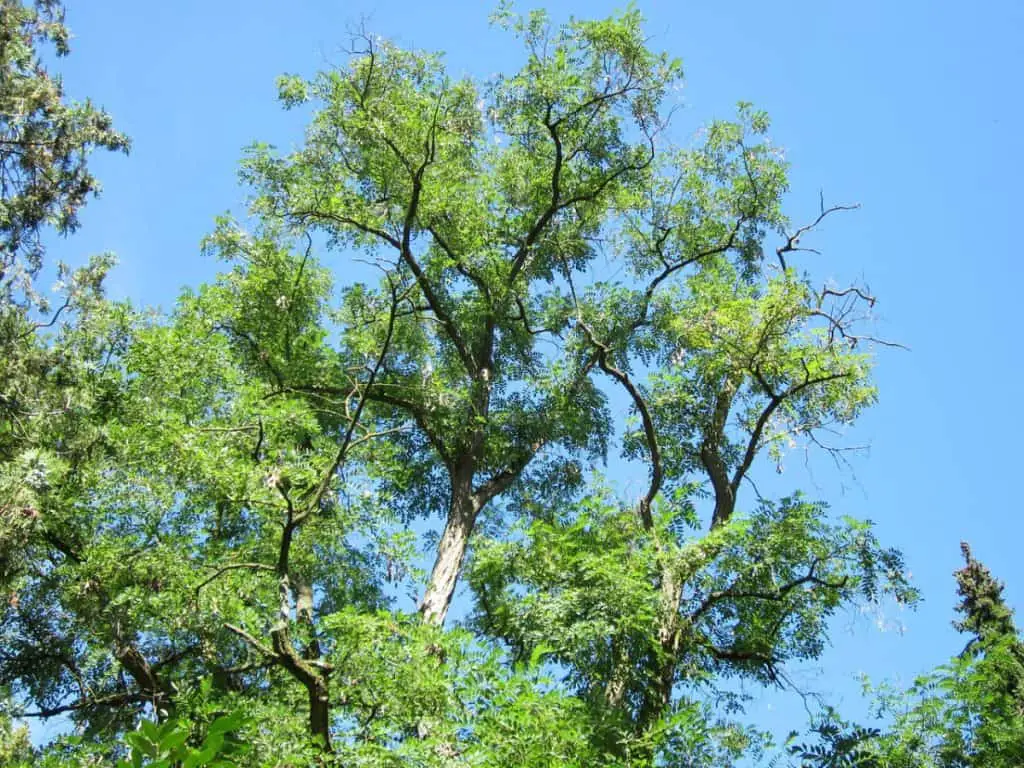In May, when it bears clusters of sweet-smelling white flowers, the false acacia becomes one of our most decorative trees. Yet its popularity in Britain is due to the efforts of just one man, the journalist and MP William Cobbett.
The discovery of the New World during the 15th century, and its subsequent exploration, led to a range of exotic plants being introduced into Europe. One of the first trees to be brought back was the false acacia. It was discovered growing in eastern North America by Jean Robin, an herbalist to the reigning King of France, Henri IV.

Robin brought the first specimens back to France in 1601, and by 1640, they had been introduced to England. The strange tree was named the false acacia since its leaves, pods, and spines give it some resemblance to the African acacia tree.
For a long time, the false acacia remained a curiosity, though, during the 18th century, it began to be planted in London’s streets, squares, and parks. Then William Cobbett came across the tree on a visit to the United States and decided it had great potential in Britain as a source of timber.
Locust Tree
As well as being a politician and a journalist, Cobbett was also a nurseryman, and when he saw the false acacia, he was impressed by its beauty and the quality of its wood. The early settlers in America knew the tree as the locust tree since they were biblically minded and thought it was the same tree that nourished John the Baptist in the desert. However, the two trees are distinct, though they both produce pods.
On his return to England in 1823, Cobbett arranged to import tree seeds. He wanted it to become as common as the oak in this country, and he established a nursery outside London to sell young trees to interested landowners. He used the American name for the tree, and since then, it has been known as the locust tree or the false acacia.
Cobbett never succeeded in commercially establishing the tree because its growth is too irregular in Britain for the timber to be of much general use. He did sell more than a million young trees, many of which can still be seen.
Branches
The false acacia grows to 25m (80ft). Its branches often have an irregular shape, sometimes even zig-zagging, which makes it one of the most easily recognizable trees from a distance.
The bark is deep brown and smooth on the young trees, but it soon becomes uneven with age and develops a characteristic network of criss-cross fissures and ridges.
The mature leaves are mid-green to yellow-green and consist of pairs of small leaflets branching off from a central stalk, with a single leaflet at the end. This sort of compound leaf is said to be pinnate. The leaves unfold late in the year, usually around May. At first, they are pale yellow, but they soon turn green.
In June, long panicles of white pea-like flowers appear. They have a sweet scent and are frequently visited by honey bees. The fruits are brown pods hanging in bunches. In the autumn, these open to release small black seeds.

Hardy Trees
Although the false acacia never succeeded commercially for timber, it has become widespread as an ornamental tree in towns and cities, particularly in southern England. Part of its success is due to its adaptability. It grows as well on poor gravelly soils as on heavier clay soils.
The false acacia can withstand long periods of hot, dry weather better than our native trees. This was noticed during the severe drought in this country during 1975-76 when the false acacia fared better than most trees, looking as fresh and green at the end of the drought as it did before.
Timber
Although the timber of the false acacia has never been widely used in this country, it was very popular in the United States and France, where it was regarded as good as oak. It is a tough wood and durable in soil, making it ideal for fence posts.
False acacia timber is also lovely to look at. When fresh and planed, the wood is a glossy yellow-green, darkening to greenish-brown after a while, and was a valuable wood for furniture. I still see furniture in antique shops made from false acacia, which looks like satinwood.
The irregular twisting growth of the tree means that the timber is almost entirely neglected nowadays. But it can still be used for small-scale ornamental work.
Another use for the false acacia derives from its ability to stabilize the soil. All trees have this effect because their roots help to bind the soil together. But the false acacia is particularly effective because it grows fast, tolerates poor soil and its roots spread out just below the surface of the soil.

